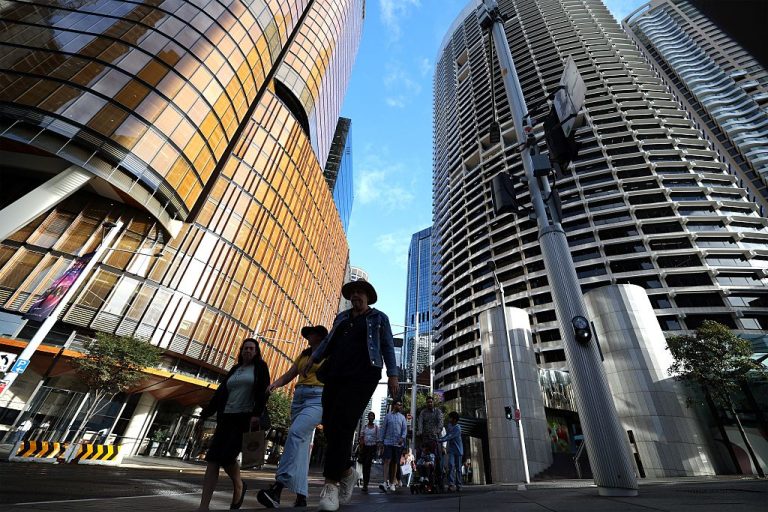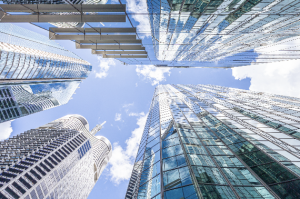Yield: what is it & what drives it in commercial real estate?

For anyone considering investing in commercial real estate, one of the first questions you will want to ask is: what return on investment will I get from this property or, in other words, what is its yield?
What is yield?
Yield is an important way of measuring the future income on an investment. Property yield is particularly important in commercial real estate as capital growth rates are not usually as high as the residential market. So the return you get now and in the future is a key factor in working out whether to invest.
How to calculate yield?
Yield is calculated as a percentage, based on the property’s cost or market value, annual income and running costs. It does not take into account how much the property increases in value over time (i.e. the capital growth).
When calculating yield, it’s important to know if you are calculating ‘gross yield’ or ‘ net yield’. Gross yield is everything before expenses, whereas net yield takes into account running expenses such as management fees, maintenance costs, stamp duty and vacancy costs.
Yield definition
Yield calculations are worked out by dividing the annual rental income on a property by how much it cost to buy. For example:
Gross yield = annual rental income (weekly rental x 52) / property value x 100.
So if you buy a retail property for $750,000 and rent it out for $1,500 a week ($78,000 annually) the annual return on your investment, or your yield, will be 10.4%. This is an example of gross yield, where the running expenses of owning a retail business have not been taken into account.
Commercial properties typically return a much higher yield than residential, generating yields upwards of 7% compared to yields of 4-5% in residential.
What drives yield?
Yield, business confidence and occupancy rates are the top three drivers of the commercial real estate market.
All three are affected by consumer confidence, politics and the economy. Commercial property yields are more susceptible to market conditions than residential properties as people will always need somewhere to live, whereas business can and do go out of business. This risk is reflected in the higher yields that commercial property attract.
Property yields explained
The demand for property is one of the key drivers of commercial property yield. When demand is high, the cost of buying an investment property increases. The more you pay, the less yield you get (unless rental income increases in proportion to the purchase price). When yields are decreasing this is often referred to as ‘hardening yields’.
The opposite is also true. When demand for property is down, prices fall and yields can increase. When the rent-to-value ratio increases it is referred to as ‘softening yields’.
It is important to note that yields are a measurement of expected return on your investment and not a guarantee. Potential investors need to take into account all the other factors, such as likelihood of finding and retaining a good, long-term tenant, maintenance and infrastructure costs, suitability and location of a property and all the other factors that can impact on your ability to achieve your expected yield.







